Internet, Internet of Things, big data, cloud computing and other information technologies have been widely used in urban construction, and information public service platforms have been opened one after another. Under the impetus of the integration of “three networks”, the pace of building smart communities in China has been accelerating. Community commerce is an integral part of smart communities and an important embodiment of smart city construction. It can optimize the layout of urban commercial outlets, promote regional coordinated development, adapt to the consumption behavior of consumers in the new era, and achieve the maximum satisfaction of consumer demand. .
The status quo of smart community development
In 2014, the State Council issued the “Guiding Opinions on Promoting the Healthy Development of Smart Cities”, proposing to build a group of smart cities with distinctive characteristics by 2020. Smart communities are an important part of smart city construction. In June 2017, the Opinions of the Central Committee of the Communist Party of China and the State Council on Strengthening and Improving Urban and Rural Community Governance proposed to implement the “Internet + Community” action plan to accelerate the deep integration of Internet and community governance and service systems, and to use community forums and micro New media such as Bo, WeChat, and mobile clients guide community residents to close daily interactions, participate in public affairs, conduct consultation activities, organize neighborhood mutual assistance, and explore new modes of networked community governance and service.
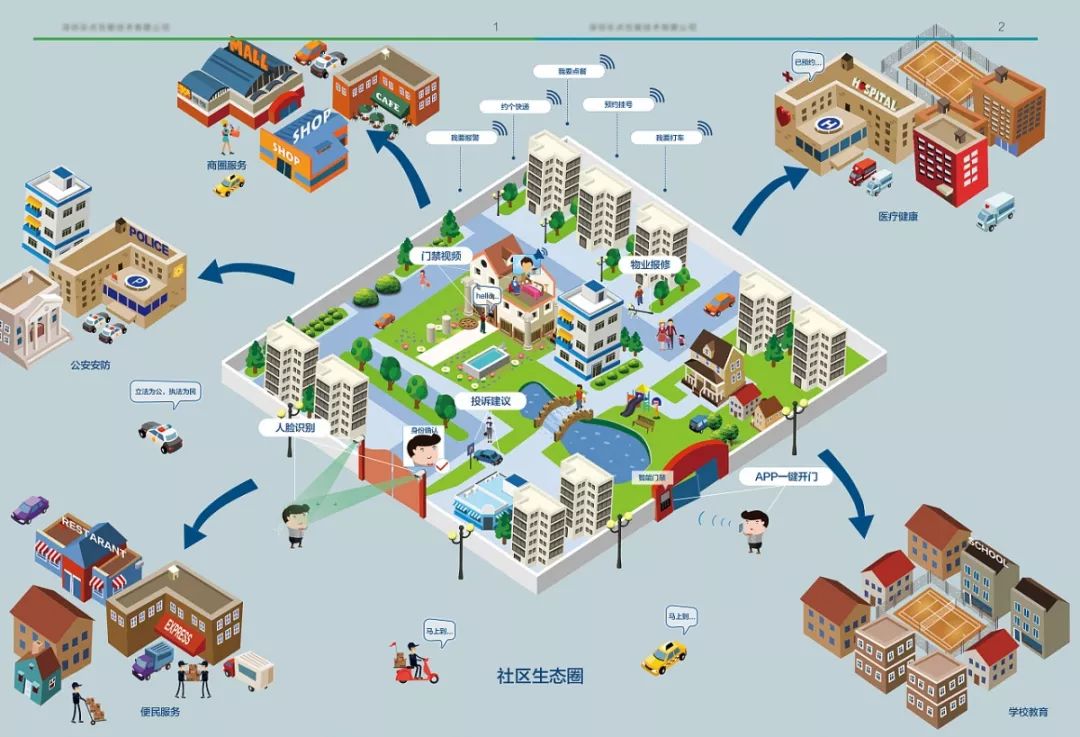
In accordance with the guidance of the State Council, major cities have introduced guidelines for the development of their own urban communities to promote the development of smart communities. Generally speaking, China is still in the initial stage of the application and development of smart communities. The coastal cities such as the Pearl River Delta, the Yangtze River Delta and the Bohai Rim region are developing relatively fast, and the application acceptance ability for smart communities is relatively high. For example, Beijing, Shanghai and other cities have issued policy opinions on promoting the construction of smart communities and guidelines for building smart communities. They have formed a “smart community” social service management platform for Guangnei Street in Xicheng District, Beijing, and a smart community service for Shimen 2nd Street in Jing’an District, Shanghai. Typical platforms such as platforms; Guangzhou has adopted many communities in the four districts of Tianhe, Yuexiu, Haizhu and Panyu as the first batch of “smart community” pilots, actively building a smart community integrated management service platform and a smart community service standard system; Hangzhou Xiaoshan Xiangshu Garden The community made full use of many "black technologies" such as Internet of Things, big data, cloud computing, etc., and successfully built the province's first "8+N" smart community platform. In economically underdeveloped areas, the smart community has not yet gained widespread application consensus due to constraints imposed by construction costs and consumption levels.
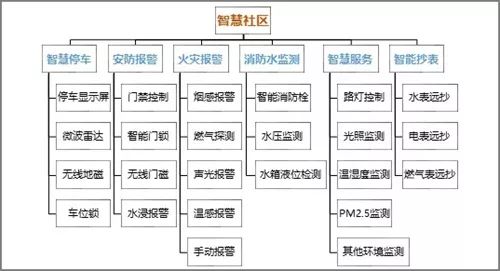
Smart community development characteristics
The intelligentization of business is an indispensable part of the construction of smart communities. Under the guidance of smart communities, community business needs to transform the current fragmented, decentralized and low-information development model. In the case of the development of the Internet and the Internet of Things, the e-commerce form, chain operation function, and logistics distribution function of the community business will be enhanced, and the intelligent construction of the community will be connected, so that the service function of the community business can be fully demonstrated under the large platform of the smart community. Real-time updates, rich experience, fun, convenient and fast, to meet the material needs and spiritual and cultural needs of community residents.
Community business will also have the following changes in this process:
1. Community commercial digital application
According to the retail life cycle theory, the development of the retail format needs to go through the innovation stage, the growth stage, the maturity stage, and the recession stage. The “O2O” model has undergone an innovation phase and is currently undergoing a transition from an innovation phase to a growth phase. In the next 3-5 years, the application of online and offline models in community commerce will become more popular, regardless of the vertical locality of e-commerce companies. The O2O of the community is also the online and offline operation of local enterprises. The form will be diversified, and the form of online booking and online booking will be more normal. At the same time, with the advent of the “Industry 4.0” era, the development and utilization of data productivity has been accelerating. Businesses rely on intelligent processing platforms and service terminals to realize data reconstruction, further develop data support and service-oriented functions, and generate new businesses. The format and service type will further subdivide the market segments and types and improve the trade circulation network. Under this trend, real-time monitoring and service reengineering of business data will also be reflected in the smart community platform. Merchants can monitor the data of consumption information through the community smart platform, adjust the mix of commodity structure, tap potential consumption potential, and transform services. Model and marketing strategy.

For example, Qingdao Smart Community O2O public service platform uses mobile Internet technology to digitize the needs of community users and offline commercial customers, creating a new service model combining community residents' online interaction and offline experience. The platform has launched more than 30 well-known enterprises such as Lighthouse, Wanfu and Ponia, and more than 50 surrounding supermarkets and convenience stores. In addition to providing fresh e-commerce and integrating business services around the community, it has further expanded its services to neighboring communities. , community advertising marketing, property value-added services, online community forums, neighborhood friends, community flea market and many other services based on integrated service platform. At the same time, the use of new technologies such as IoT and interconnection will implement the traceability management of fresh produce from the farmer's field to the people's table, and ensure the supply and quality of fresh produce in the daily life of community residents.
2, the quality of service is refined
As China's community planning matures, the planning, construction and commercial use of community commercial complexes, neighborhood centers and community commercial inner streets will further deepen the integration of business resources and the service quality will continue to improve. With the help of network convergence, the creation of smart communities will expose community business services to the supervision of the public, prompting operators to adjust their business methods and service models for different consumer needs, and derive different service types. Refined development. At the same time, the increasing population of the elderly in China and the liberalization of the second-child policy have further increased the demand for services for the elderly, children, young children and special populations; the pace of life of office workers has accelerated, and the demand for convenient living will also Continuously improving, community business gradually reflects the specialization of service needs of different groups of people in terms of shopping methods, product display, after-sales service, and payment methods.
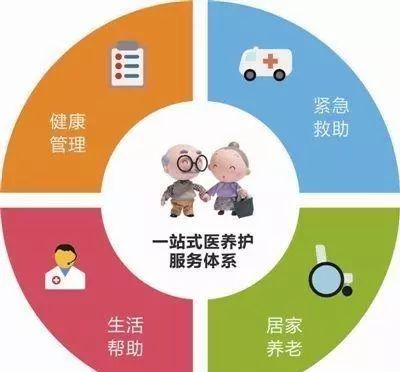
For example, the Bajiao Street in Shijingshan District, Beijing has established a smart old-age service station in the “Xiaoheju” community. Through the “Old Street” platform that is manually guarded 24 hours a day, 365 days, relying on smart watches and other equipment and call center platforms to provide menus for the community home elderly. The aged care service enables the elderly in the area under the jurisdiction of Bajiao Street to enjoy thoughtful, convenient and efficient aged care services at their doorstep. On the Jing'an Smart Community Service Platform, community residents can send service requests through mobile APP. The platform can accurately locate the service requirements of community residents, match suitable service providers or individuals, and provide personalized community services for residents.
3. Integration and specialization of business format
Community business relies on the smart community service platform, in which the large-scale integrated service features will be enhanced, and the small-scale commercial business with a large proportion will pay more attention to professionalism and brand. In order to cope with the competition between the same business, the merchants will adjust the management methods, highlight the business categories, marketing strategies and service features, and achieve a benign adjustment between the business. In addition, with the participation of property management, brand investment, and community management, the community business format will also be adjusted and supplemented, and gradually form a pattern of dislocation development of different formats.
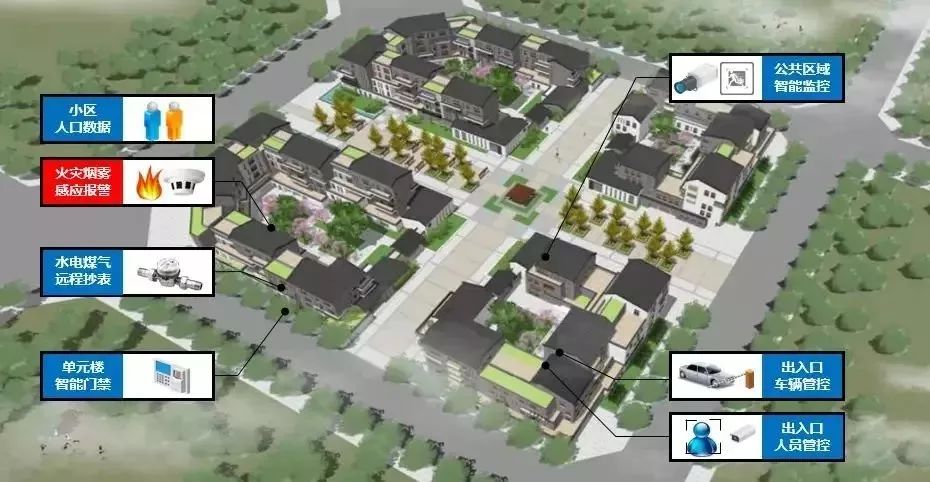
For example, Suzhou Industrial Park has built a full-featured community service supply system in the neighborhood center, equipped with supermarkets, pharmacies, financial service outlets, postal services, convenience repair shops, catering outlets, cultural and sports activities centers, and laundry in the form of community commercial service complexes. Functionalized formats such as standardized vegetable market, beauty salon, and housekeeping services will create a community business center and service center integrating business, culture, sports, health and education.
4. Convenience and transparency of the circulation system
The Internet of Things will be a blue ocean under commercial competition. With the connectivity of the Internet of Things, the original information, circulation information, and operator information of commodities will be fully displayed in front of consumers. The traceability system is increasingly perfect, commodity information tends to be transparent and real-time, and commodity circulation tends to be convenient. As the “last mile” delivery destination, the community's communication of goods distribution information and smart community platform has accelerated the construction of commodity circulation system. The offline entity construction and C2C terminal distribution model will develop rapidly, and the community distribution system will be improved. standardization.
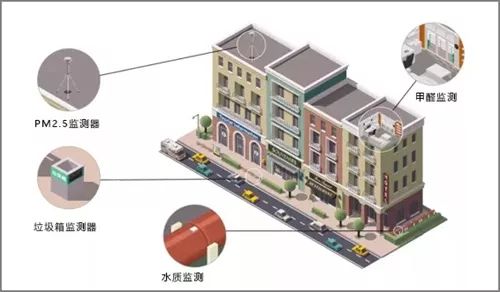
For example, Shenzhen Ximo Wisdom Technology Smart Community Cloud Platform uses community as a unit to introduce 3km merchant resources around the community, configure distribution teams, and provide street community platform residents with grocery shopping, shopping, payment of property fees, parking fees, home chores, pensions, etc. On-site service to solve the "last mile" problem of O2O business.
5. Rapid expansion of chain operations
The business organization of chain operation has a sound organizational system, complete operational procedures, standardized service content, perfect supply chain structure, quick response capability and the scale effect and expansion effect brought about by individual business forms. . Under the continuous expansion of the chain operation organization form, the community commercial carrier resources will be further integrated. Some small-sized single-camera formats with small carrier scale, poor market access capability and limited financing channels will be gradually replaced by chain management or adjusted into chain operation. In the form.

